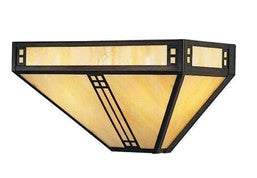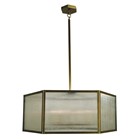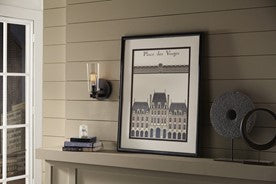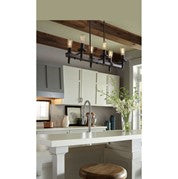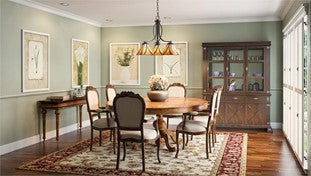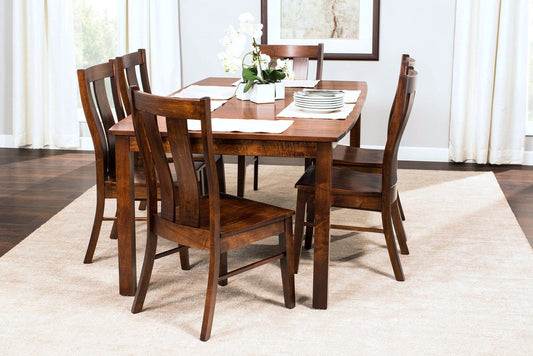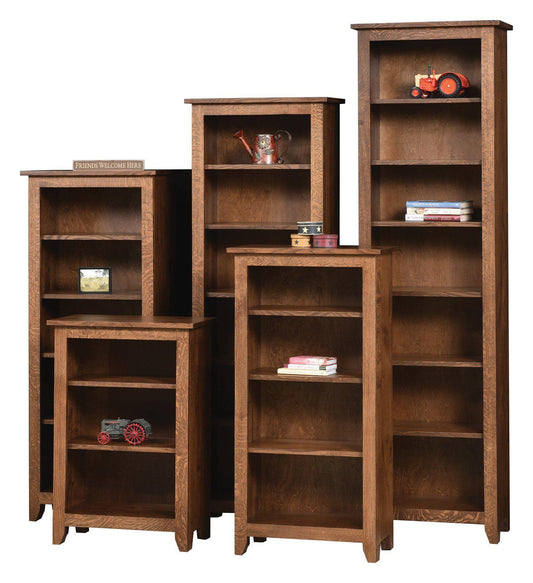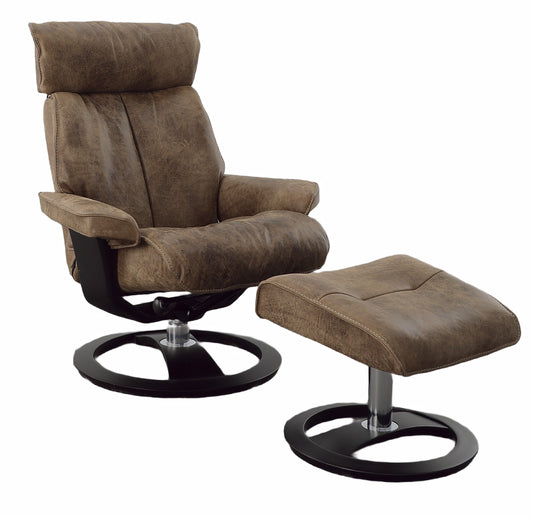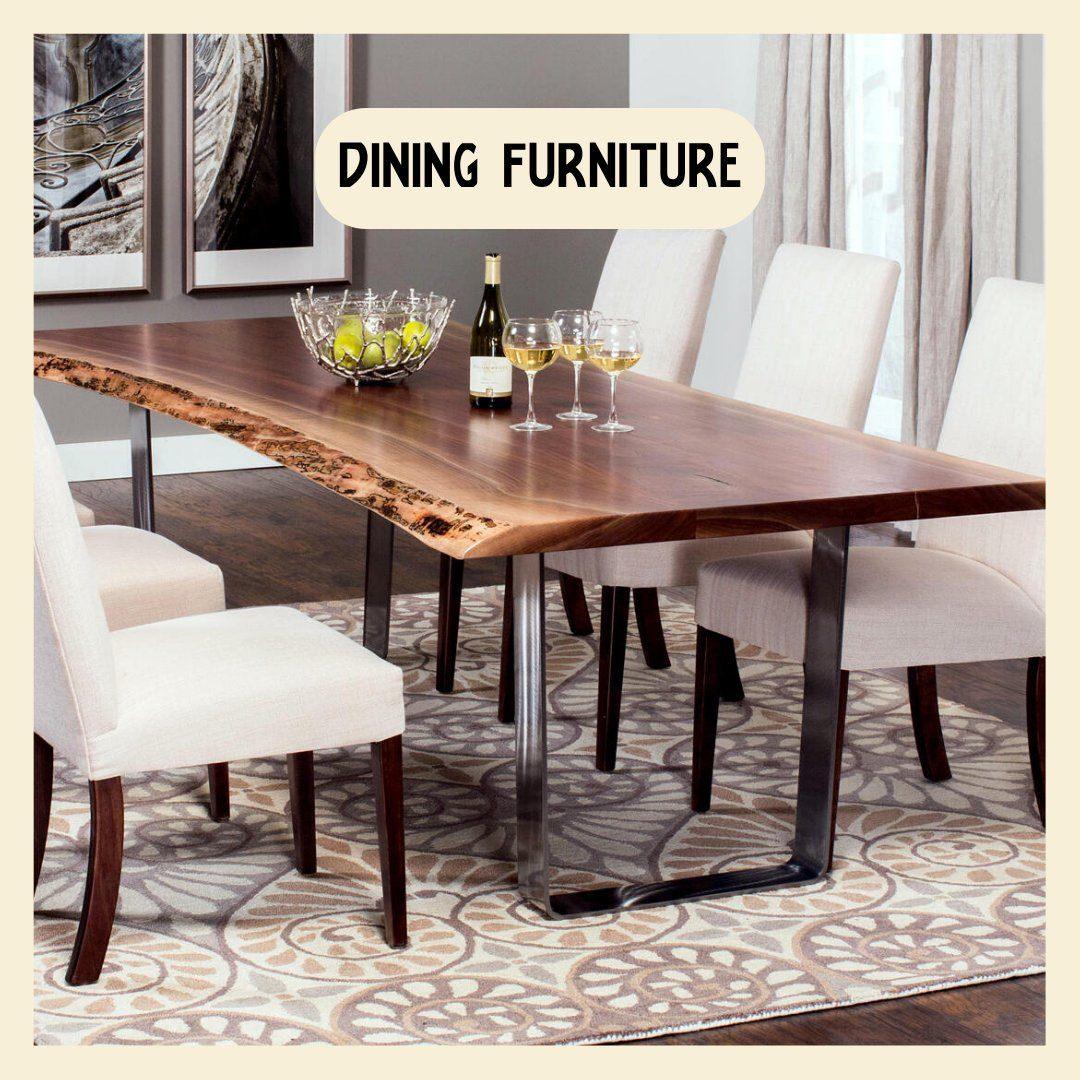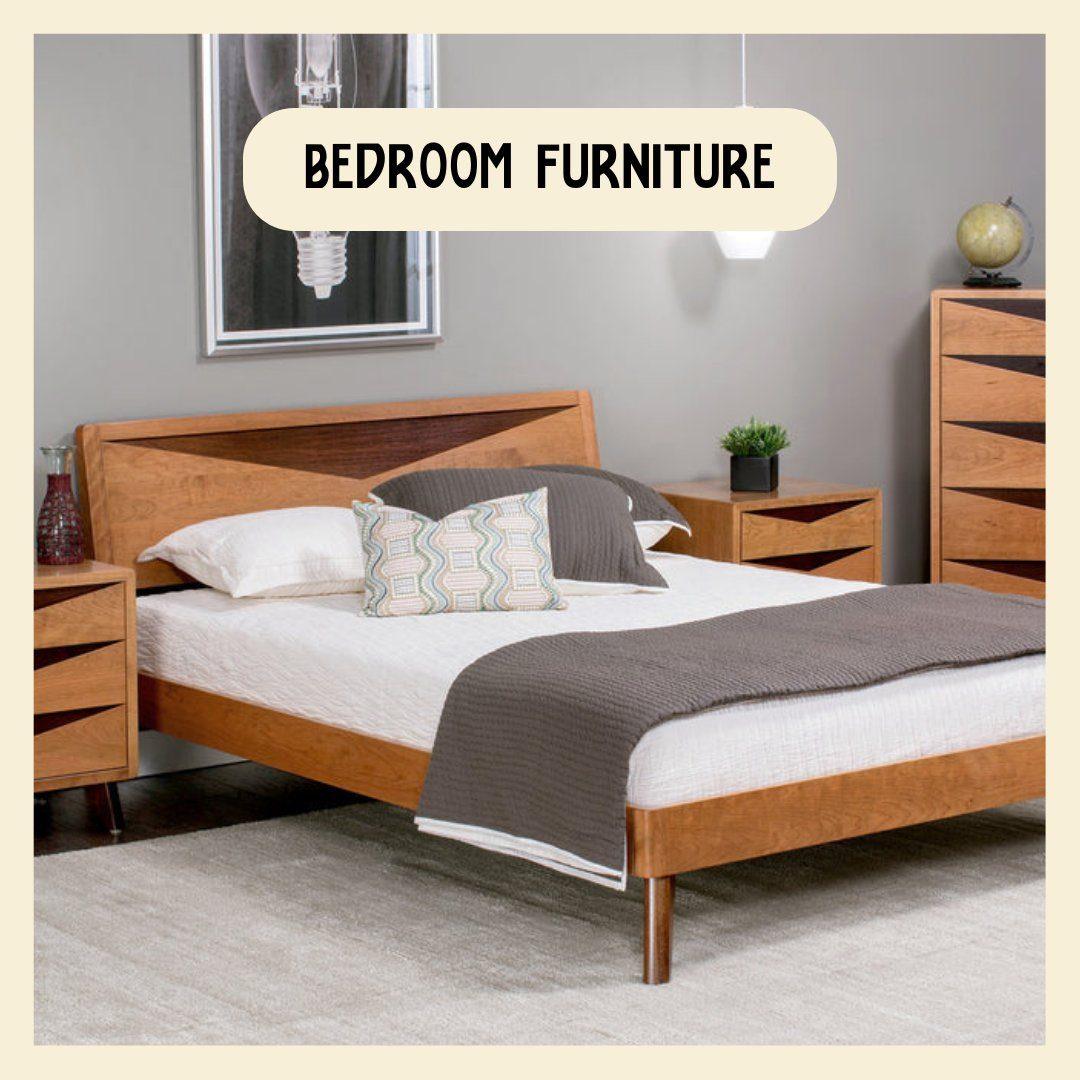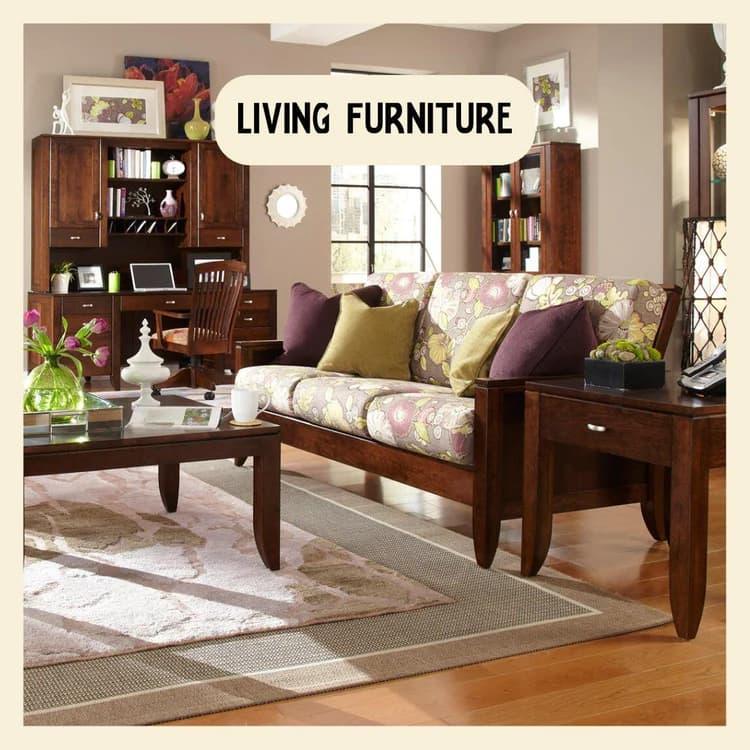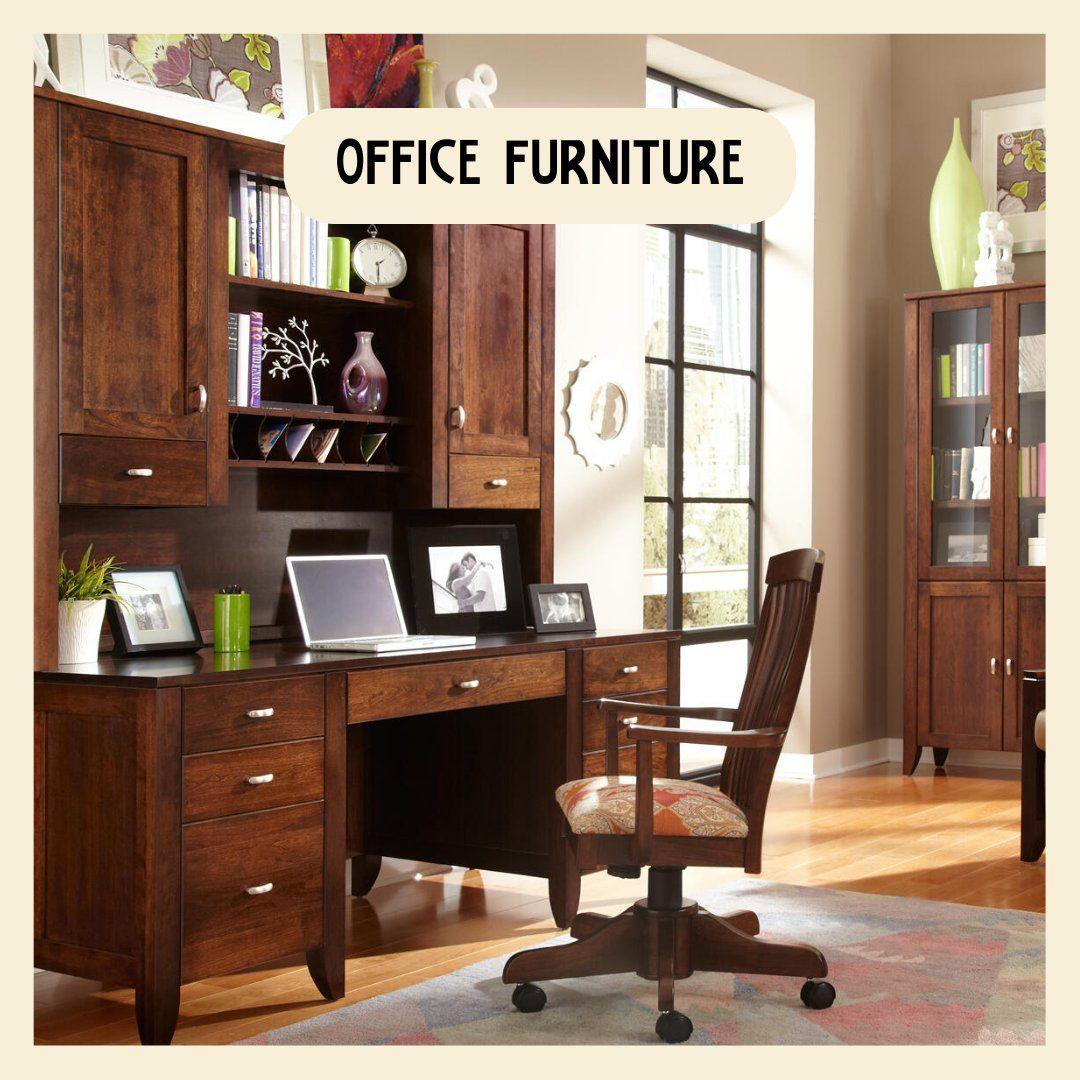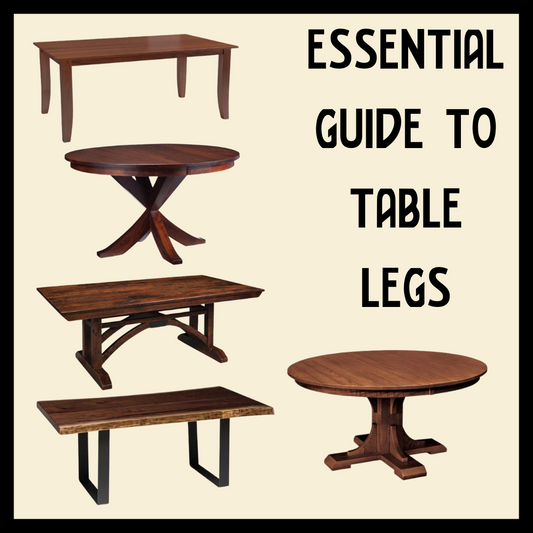The Ultimate Guide to Indoor Lighting for Historic Homes
Used primarily for aesthetics and function, indoor lighting can also have a profound effect on mood, emotion and overall well being. If your home is feeling a little dim, let us help you brighten it!
Indoor lighting is often an afterthought. A single ceiling mount can perform the basic function of illuminating a space, but is that enough? Maybe it works when you’re just out of college, but the more invested you become in the place you call home, the more you realize how much light actually matters - and not just when the days get shorter.
Lighting is more than just functional. It’s often used as part of a space’s design, has definite mood-enhancing qualities and can even make a small space appear larger!
Whether your indoor lighting scheme needs just a few tweaks or a complete overhaul, this guide to interior lighting will help you create the ambiance you’re looking for.
Types of Indoor Lighting
Sometimes referred to as lighting design layers, these are the three main lighting categories:
- General or Ambient Lighting - It makes the room visible. This type of lighting will come from a fixture (often overhead) as well as light streaming in from windows and skylights.
- Task Lighting - Directed lighting that adds illumination to a specific work area. Task lighting is often found in areas where cooking, writing, drawing or sewing happen. Table and desk lamps, vanity lights, and single pendants are all good options for this type of lighting.
- Accent Lighting - Lighting that highlights a specific area or feature (such as a painting) by adding enough light to cover the area without it being overwhelming. Accent lighting adds drama and creates focal points. It can change the mood and atmosphere.
More often than not, one or two lights will not be enough. That’s why it’s helpful to layer different types of light that can be used at various times of the day to accommodate multiple activities in the same room. Learning to layer lights adds versatility to a space and experts, like our designer at Modern Bungalow, can help!
Indoor Lighting Fixtures
Here are the main lighting categories:

Surface Mounted - These flexible types of lights can be subtle and sleek or ornate and eye-catching. They hang against a ceiling or wall and include flush mounts, wall lights and sconces. They’re great for entryways, hallways, bathrooms and bedrooms.
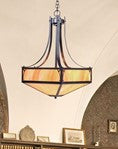
Hanging - Attached to the ceiling by a cord, cable or chain, pendants and chandeliers are typically found in dining rooms and kitchens as well as entryways and foyers. If your home has high ceilings, these are great choices. If hanging multiple pendants, like over a kitchen island, they should be spaced 24 to 30 inches apart.
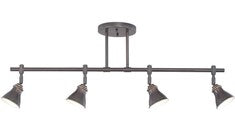
Recessed and Track - Recessed lighting will be “pushed up” and hidden away in the ceiling so that you cannot see the light source directly. Considered indirect lighting, it can be used in almost any room and works well layered with pendants and chandeliers.
Track lighting is mounted to the ceiling with multiple light heads or pendants attached. It can be used as general, task or accent lighting. It is also ideal for highlighting art, photos and workspaces.

Lamps and Portable - Often found on nightstands and desks, this type of lighting is plugged into a wall via a cord. Floor lamps are also a popular option when layering light in a room. Lamps are also much easier to move or replace as lighting needs change and evolve.
Indoor Lighting Styles
Choosing a light fixture can feel less daunting if you narrow your choices to match the design of your home. Below you’ll find an overview of some of the most common styles we carry at Modern Bungalow.
Craftsman - Exudes timeless charm, warmth and coziness. These classic lighting fixtures will be finished with satin nickel, oil-rubbed bronze, polished brass and iron.
Mission - Warm and inviting with designs inspired by the Arts and Crafts Movement and a dash of Spanish and Art Deco inspiration, these lights fit well in both traditional and contemporary homes.
Modern - Tend to be bold statement pieces finished in shiny black, glass, chrome or metallic. Look for clean lines, sleek curves and no ornamentation.
Vintage - Meant to look old-fashioned, weathered and retro, this style can be found hanging in everything from a mountain cabin to a modern farmhouse.
Lighting Temperature and Types of Bulbs
The proper lighting temperature in a room can mean the difference between one that feels cold and sterile and one that is warm and inviting. Because not all rooms need the same lighting temperature, it’s helpful to understand the differences and how to use them.
Light bulb temperatures are measured in Kelvin (K). The range of those used in most homes is 2,000K to 6,500K. Neutral tones are 4,000K to 4,100K. Below that will be warmer tones, above will be cooler. What you choose will depend on the ambiance you’re looking for.
Warm Tones

- 2,000K = Warm Candle Light
- 2,700K = Warm Soft Light
- Cozy, not as strong as candle light, but popular due to its warmth and flattering color
- Recommended use: Bedrooms, dens, family rooms or wherever you want a comfortable, cozy vibe
Cool White/Neutrals
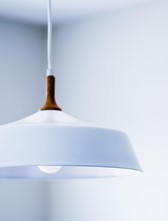
- 3,500K = Bright White
- Tinted with yellow for a brighter aesthetic
- 4,100K = Neutral White
- Clean white without blue or yellow tints
- Recommended use: Kitchen or bathroom where it’s important to be able to see details and need bright, clear light
Daylight
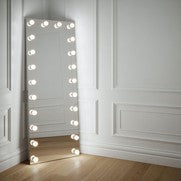
- 4,500K = Daylight
- Vivid tone, skews cool to look like actual daylight
- 6,500K = Extra Bright Daylight
- Lots of blue hues that dazzle
- Recommended use: Garages, basements, vanities or workspaces that need extra bright light
The type of light bulb used to emit your desired light temperature comes down to a preference in how it’s being used as well as its lifespan. Here are the options:
Incandescent
- Emits warm light and is budget-friendly
- Main drawback is inefficiency with wattage being turned into heat rather than light
- Lifespan: about 1,000 hours
- Light Temperature: 2,700K to 3,000K
- Dimmable? Yes
Halogen
- Gives off a bright white color closer to daylight
- Similar inefficiency to incandescent
- Lifespan: 1,000 hours
- Light Temperature: 3,000K to 3,300K
- Dimmable? Yes
Fluorescent and Compact Fluorescent Bulbs (CFL)
- 75% more efficient than incandescent
- Be sure to recycle used CFLs because they contain traces of mercury
- Lifespan: 8,000+ hours
- Light Temperature: 2,700K to 6,500K
- Dimmable? Sometimes
Light-Emitting Diodes (LEDs)
- More expensive, but recoup the cost with their efficiency
- Most energy efficient and longest lasting
- Lifespan: 25,000+ hours
- Light Temperature: 2,000K to 6,500K
- Dimmable? Yes, if a smart bulb (see below)
Smart Bulbs
- All smart bulbs are LEDs (not all LEDs are smart bulbs!)
- Used with a remote or app to control dimming, change the bulb color or create a schedule for when they turn on/off
- Lifespan: at least 25,000 hours
- Light Temperature: All
- Dimmable? Yes
Interior Lighting Guide Room by Room
You’ll need different types of lighting depending on the room and the role the lighting plays. Most rooms will be layered in lights from the three basic categories: General/Ambient, Task and Accent. Some spaces, such as hallways, may only have one. Let’s take a look at general guidelines, room by room.
Entryway/Foyer
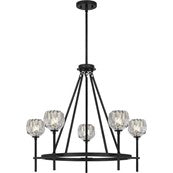
- Should be well-lit
- Ceiling fixtures are best and provide the right amount of ambient lighting
- Go grand with a large chandelier or pendant light
- Lights should be at least 7 feet from the ground
Stairs and Hallways
- In hallways, install fixtures every 4 to 6 feet
- Lights can be used to make the closed space feel more spacious and warm
- Wall sconces provide accent lighting
Bathrooms
- Bathroom lighting tends to be more functional than other rooms
- Should be even and shadow-free
- Recessed lighting works well to provide glare-free general lighting
- Neutral/cool lighting should be directed towards the face when standing in front of a mirror
Kitchens
- Layering is key - lots of ambient light supplemented with task lights
- Start with recessed and track lighting to provide even illumination
- Under cabinet lighting is visually interesting and highlights workspaces
- Pendants and chandeliers are perfect for over a kitchen island or breakfast nook
- Be sure lights are at least 72 inches from the ground or 28-34 inches above countertops
Dining Room
- Light fixtures are the focal point of the room
- Chandeliers and pendants are most common
- Dimmers are recommended to vary illumination levels depending on the meal
- Create layers in the room with chandeliers, pendants, downlights and sconces
- If ceiling is less than 8 feet, allow 33-34 inches of space between table and light fixture
- If ceiling is greater than 8 feet, allow 36-40 inches
Living Room
- Use multiple lighting layers - recessed and track for overall and floor and table lamps to add task and accent lighting
- Use dimmers for overhead lighting to avoid glare on the TV
- Sconces and wall lights look nice flanking the fireplace
Office
- Choosing an office space with lots of natural lighting (windows or glass doors) is hugely beneficial and helps overall productivity and well-being
- Have a recessed or ceiling light, but plan to use a desk or floor lamp more often
- Cooler light (3,000K - 5,000K) works best
Bedrooms
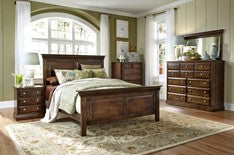
- Don’t necessarily need overhead lighting, but if you do make sure it is not directly over the bed
- Use bedside sconces or table lamps with warmer, lower-wattage light bulbs
- Use fluorescent lights in the closet
Indoor Lighting Tips
Here are some final things to keep in mind when it comes to planning for and purchasing indoor lighting.
- Most rooms should have a 7 foot clearance between the floor and the light fixture
- Use LEDs and CFLs for areas and light fixtures that will be used more frequently
- Use low light in areas meant to be calming and relaxing
- Use bright Light in areas meant to have high-focus and activity
- Color plays a HUGE role in psychological and physiological states
- Emotions (positive and negative) are felt more intensely under bright light
- Color in the room combined with the color and temperature of your bulbs can mean the difference between sluggish and sad and lively and happy!
Create your vision
The right lighting can really make or break a room and we hope you’ve found this guide helpful to get you to your design goal! With a world class selection of high quality indoor lighting options to choose from we can help you create your ideal vision. Please don’t hesitate to reach out!



